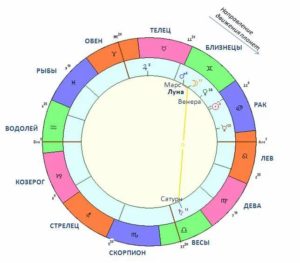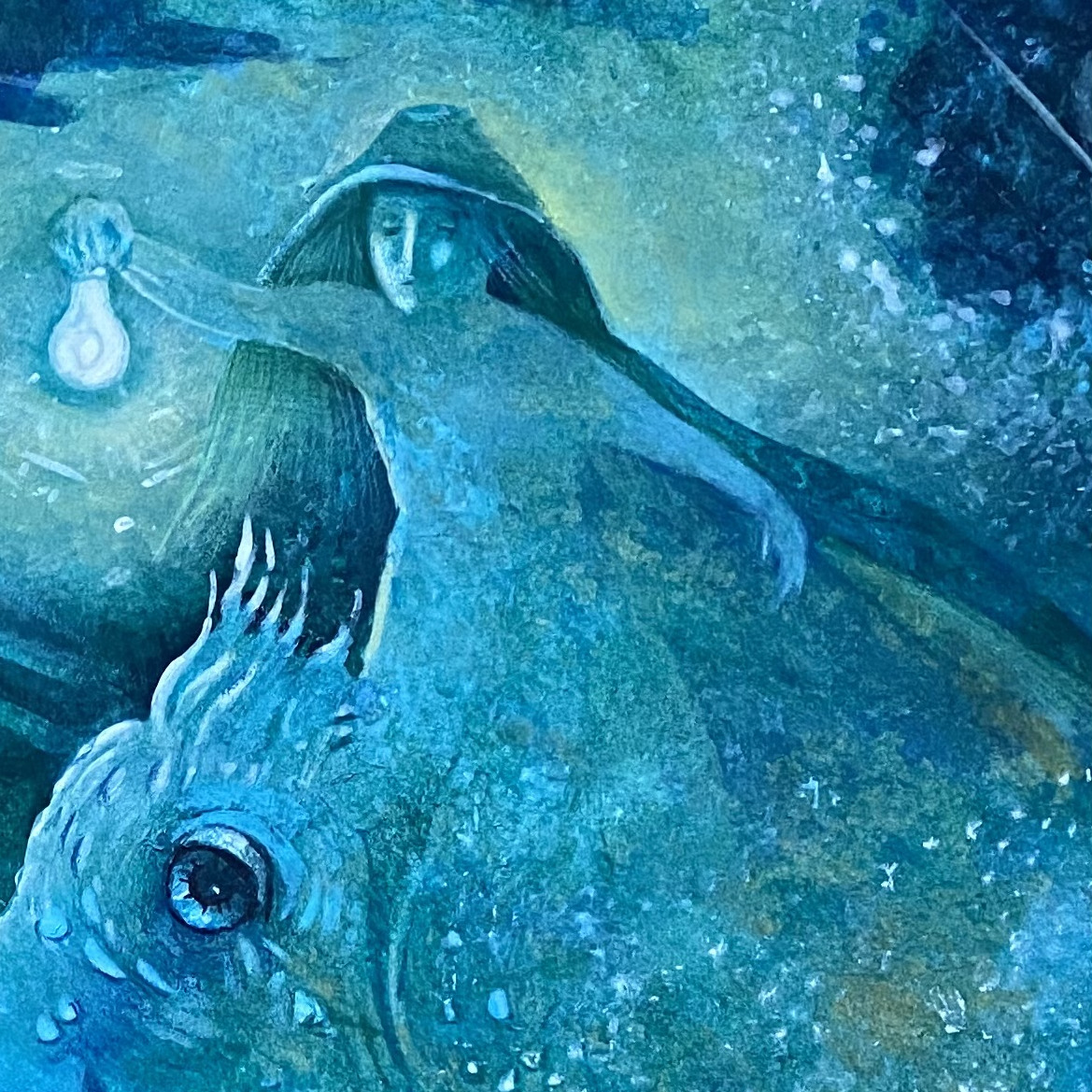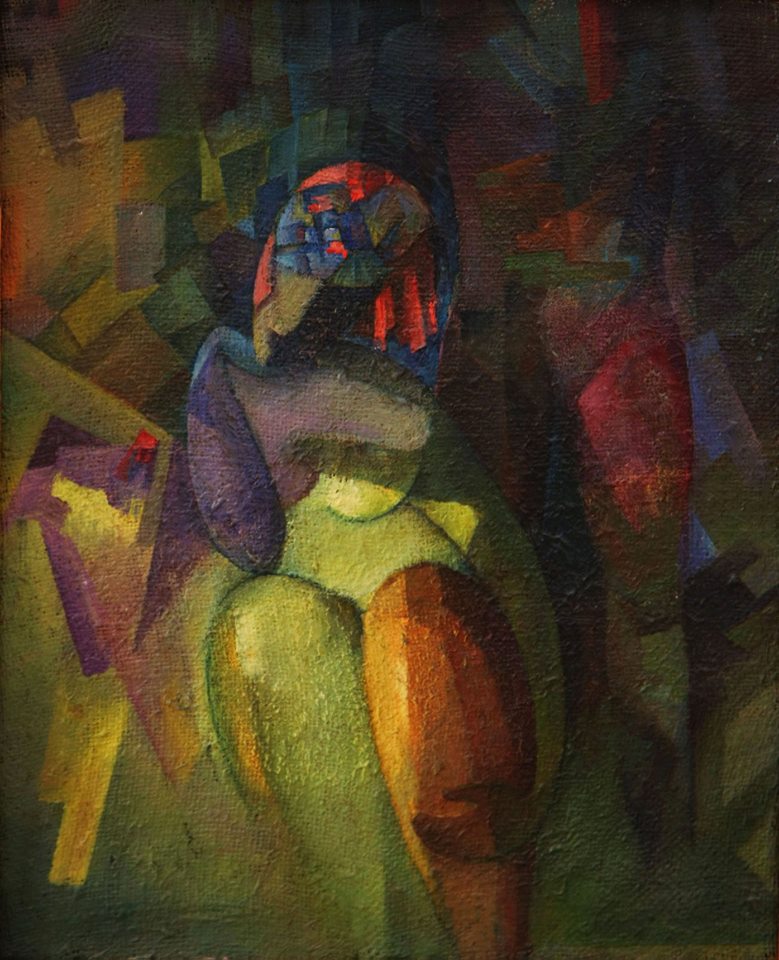I’ve already written in FAQ About the Void of Course Moon what a Void of Course Moon is, and what you should or shouldn’t do during this time. Here, I’ll explain how astrologers actually calculate these periods — for those who want to dig deeper.
The Moon is considered Void of Course when it forms no further aspects before entering the next zodiac sign.
What does it mean?
The zodiac circle is a symbolic division of the sky into 12 sections — each representing a zodiac sign. Planets travel along this circle, each at its own speed. The Moon is the fastest, the most visible, and the closest to us. It completes a full lap through all 12 signs in 27.5 days. It spends just over two days moving through each sign. So, when astrologers say “The Moon is in Leo”, they don’t mean Leo has swallowed the Moon — they’re simply describing the Moon’s position in the sky. In our example diagram, the Moon is in Gemini.
 As it moves along the circle, the Moon “meets” the slower-moving planets. Sometimes, this means literally being in the same spot, other times, it’s seeing them at certain angles (60°, 90°, 120°, 180°), like chatting over Skype or waving from a window.
As it moves along the circle, the Moon “meets” the slower-moving planets. Sometimes, this means literally being in the same spot, other times, it’s seeing them at certain angles (60°, 90°, 120°, 180°), like chatting over Skype or waving from a window.
The Moon is a highly changeable character (as we all know from its ever-shifting appearance), and its “mood” depends on who it’s meeting now and who it will meet next. In our example, the Moon first meets Mars (also in Gemini), then “calls” Saturn (shown by a line on the chart), and its last meeting in Gemini is with Venus. In astrology, these meetings are called aspects.
After its final aspect in Gemini, the Moon will remain in this sign for almost another nine hours. During this time — from the last aspect until it leaves Gemini — the Moon is Void of Course, because no further significant meetings are expected. This happens in every sign, so these periods occur quite often.
This period is also referred to as the time of the Vacant Moon, the Sleeping Moon, or the Wandering Moon. Why these periods have such names and what potential effects they carry can be found in the Frequently Asked Questions.
Void-of-Course Moon Calendar for the current year — available here.









